
The Unseen Fury of Solar Storms - NOEMA Magazine
“Weighing around two octillion (2,000,000,000,000,000,000,000,000,000) tons, the sun measures 865,000 miles from pole to pole and has a volume equivalent to 1.3 million Earths. Temperatures within its core are believed to reach 28 million degrees Fahrenheit; its expansive energy is held in check by the countervailing force of gravity.”

The ‘space archaeologists’ hoping to saving our cosmic history
"We don't know yet how to physically operate on the Moon," says space archaeologist Justin Walsh, a professor at Chapman University in California. "Any mission that approaches or enters one of those historic sites is going to have consequences that we can't yet foresee. Whatever precautions we can take, we really must take to keep that damage to a minimum."
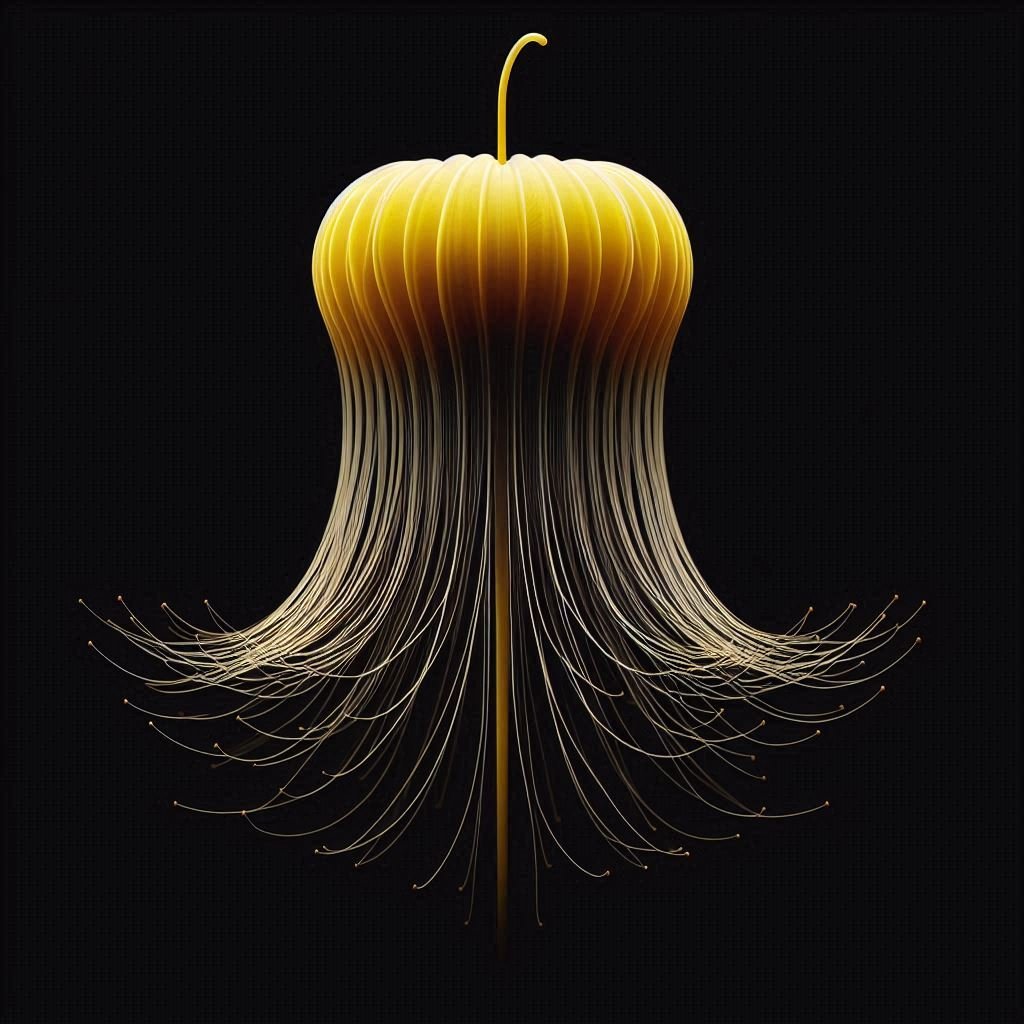
Colonizing the Cosmos Astor’s Electrical Future
“During America’s Gilded Age, the future seemed to pulse with electrical possibility. Iwan Rhys Morus follows the interplanetary safari that is John Jacob Astor’s A Journey in Other Worlds, a high-voltage scientific romance in which visions of imperialism haunt a supposedly “perfect”.

How the Scientists of the 1960’s Turned the Moon into a Place | Aeon Essays
“It can be easy to take our maps, images and story of the Moon for granted. But over the past six decades, our cultural and scientific relationship with the Moon has been radically altered. Multiple robots landed on the Moon last year, and more are on the way. The Moon is a place and a destination – but this was not always the case.”

The Comet Panic of 1910, Revisited | Science History Institute
“Some farmers in Germany declined to plant crops that spring, reasoning that they would die before anything ripened. Creditors began defaulting on bank loans, deciding to live it up while they had time. Snake-oil salesmen peddled “comet pills” as a supposed antidote to celestial toxins. Bartenders promised similar protection: if you had enough scotch or whiskey in your bloodstream, they claimed, cyanogen couldn’t touch you. A broker in Los Angeles began selling “comet insurance,” offering $500 cash to the families of anyone killed by Halley’s passage.”

Reading the Horizon/Lapham's Quarterly
“For thousands of years, Indigenous peoples of the Caribbean and the Gulf and Atlantic coasts had come to know the telltale signs of a hurricane’s approach—a shrouded horizon at sunset, humid breezes thick with salt, shorebirds finding safe roost, shifts in gusting winds from east to west.”
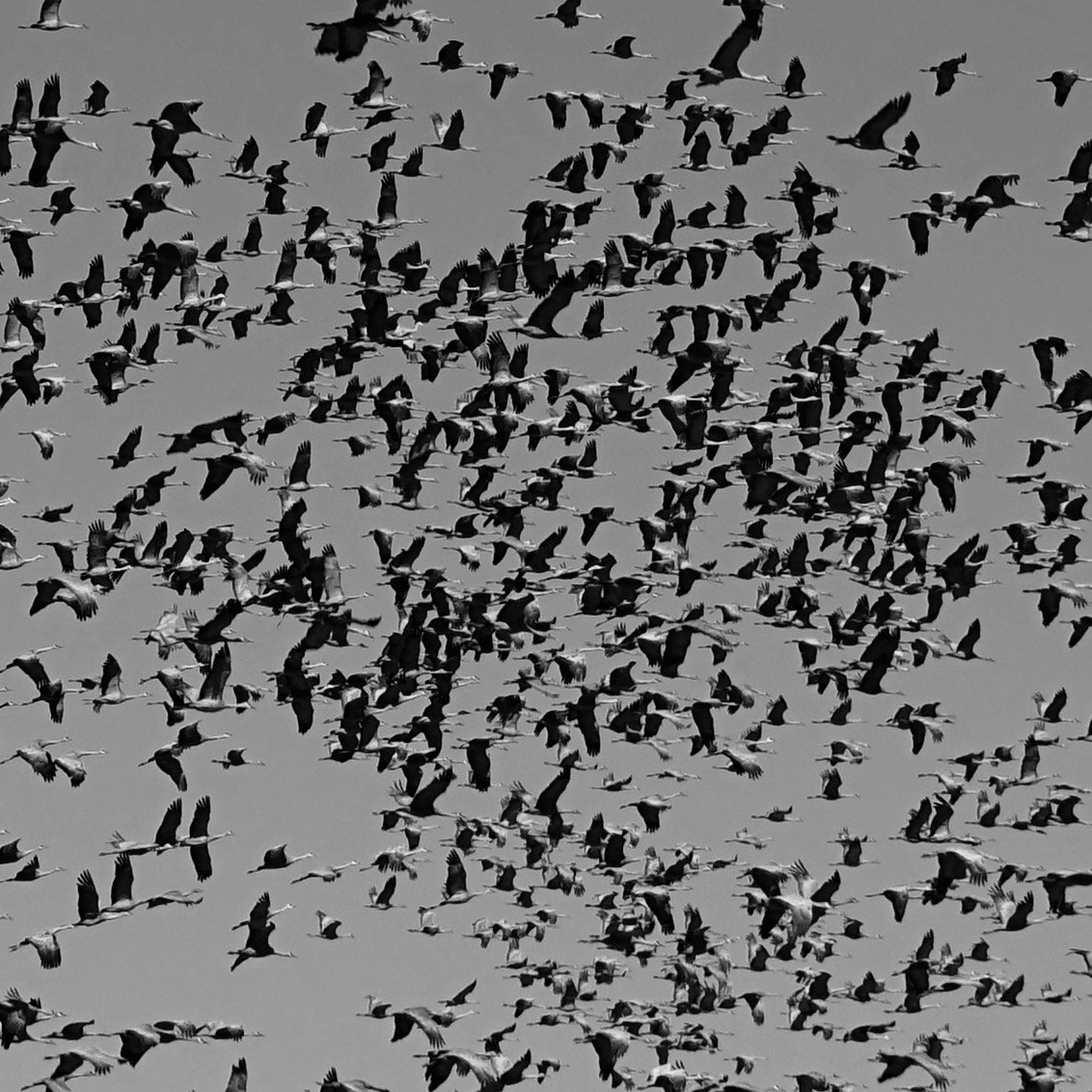
Lotfi Zadeh and the Birth of Fuzzy Logic | IEEE Spectrum
“A multitude of other outspoken critics also disputed the theory of fuzzy logic, developed by Lotfi A. Zadeh in the mid-1960s. Some 20 years were to pass before the theory became widely accepted.[…] Even today some critics remain. But Zadeh never wavered. He had found himself alone in his scientific opinions on several earlier occasions.”
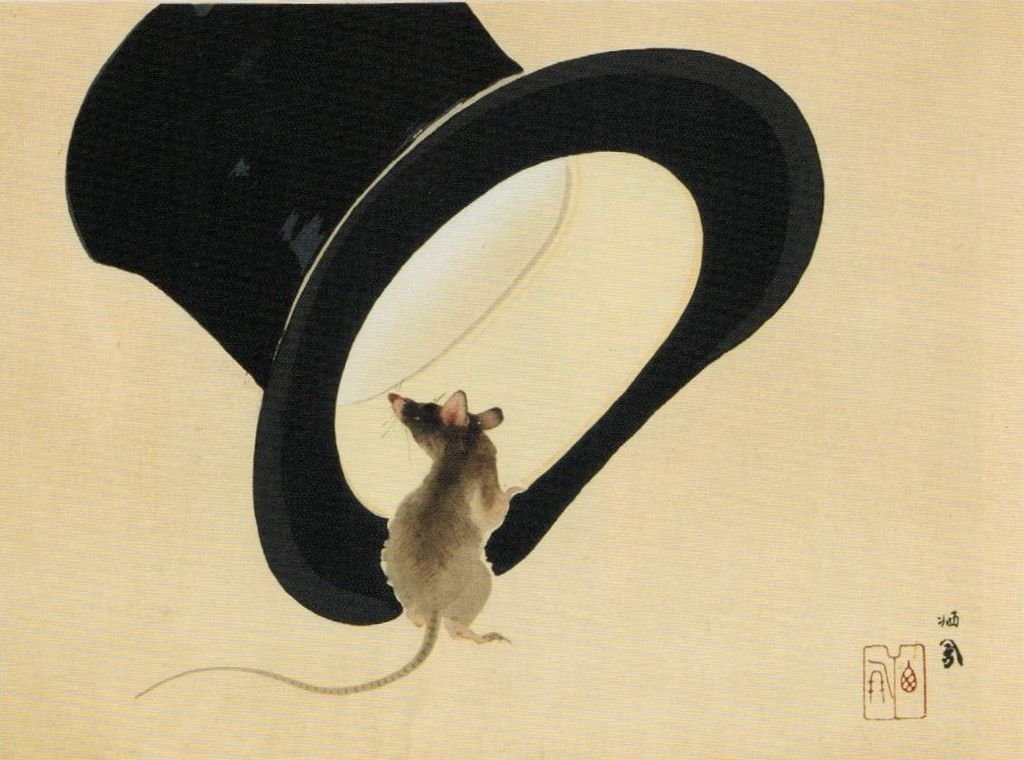
Mouse Heaven or Mouse Hell | Distillations | Science History Institute
“Ultimately Calhoun’s work functions like a Rorschach blot—people see what they want to see. It’s worth remembering that not all lab experiments, especially contrived ones such as Universe 25, apply to the real world. In which case, perhaps the best lesson to learn here is a meta-lesson: that drawing lessons itself can be a dangerous thing.”

Santiago Ramón y Cajal and Ants | Nautilus
“The horrendous European war of 1914 was for my scientific activity a very rude blow,” Cajal recalled. “It altered my health, already somewhat disturbed, and it cooled, for the first time, my enthusiasm for investigation.”
““In about twenty or thirty years, when the orphans of the present war will be men, the same stupendous massacre will be repeated,”

AI's First Philosopher | Aeon
“He wants to extend his work on the machine still further towards the biological side. I can best describe it by saying that hitherto the machine has been planned for work equivalent to that of the lower parts of the brain, and he wants to see how much a machine can do for the higher ones; for example, could a machine be made that could learn by experience?”

The Simple Usefulness of the Secchi Disc | Science History Institute
“In 1865 Pope Pius IX decided he needed more accurate measurements of the turbidity of the Mediterranean Sea. His reasons were disputed even at the time—some sources say he wanted to measure water pollution in and around the Mediterranean; others that he wanted more reliable navigational charts; while still others maintained that he simply wanted written proof of the beauty and clarity of the sea’s waters. Whatever the reason, Pius IX wanted turbidity measurements standardized.”

Wealth or Science | John Tyndall on Michael Faraday
‘Tyndall’, he said at length, ‘I must remain plain Michael Faraday to the last; and let me now tell you, that if I accepted the honor which the Royal Society desires to confer upon me, I would not answer for the integrity of my intellect for a single year.’ I urged him no more, and Lord Wrottesley had a most worthy successor in Sir Benjamin Brodie.”
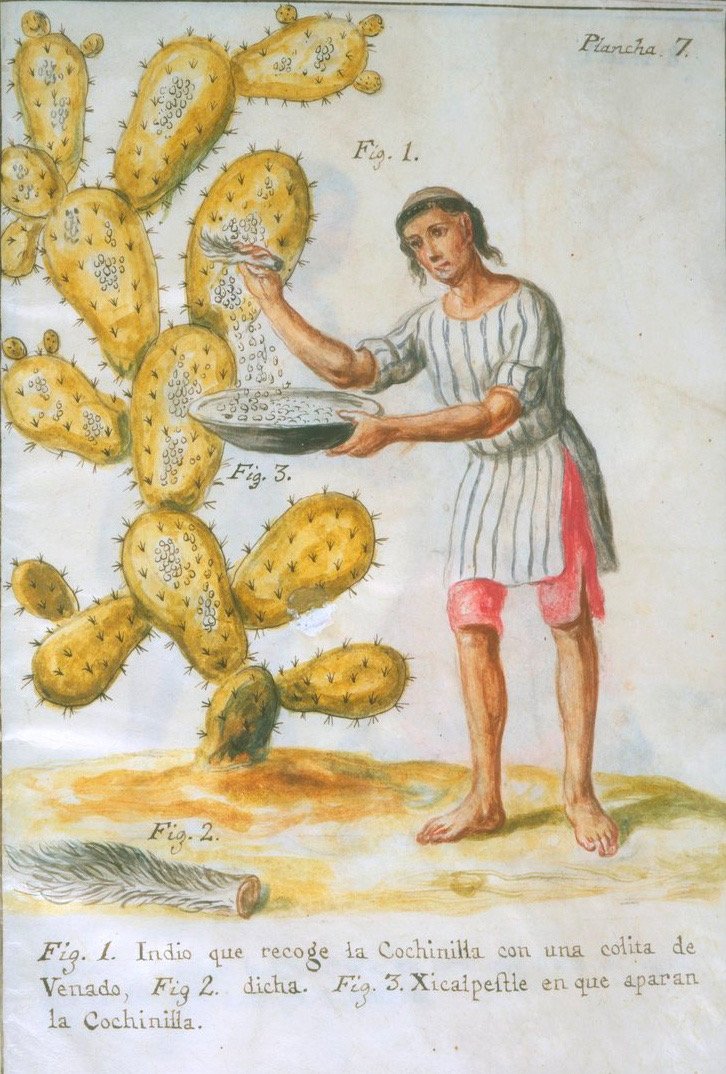
The Alien Beauty and Creepy Fascination of Insect Art
“They don’t live like us. They don’t look like us. They do the things that we do in such bizarre and wild ways that it’s just endlessly intriguing,” says artist Catherine Chalmers. “They offer a very, very different perspective on life on Earth.”

Calculate but Don't Shut Up | AEON
“If you want to figure out how an electron will behave as it moves in time through space, then you need to reach for quantum mechanics.
But there’s a problem.”

Telling Time in Tokugawa Japan: Physics Today
“In 17th-century Japan, Western clocks seemed nonsensical to consumers because they measured time in 24 equal hours and were dissociated from natural events like dawn and dusk. By contrast, the Japanese people divided their day into 12 unequal hours, following an ancient Chinese system introduced in Japan in the 7th century.”

Why Are There So Many Kinds of Phytoplankton ? | Hakai Magazine
“But a new study by Oregon State University ecologist Michael Behrenfeld and his colleagues seeks to solve the dilemma by taking a different perspective: the plankton’s.”
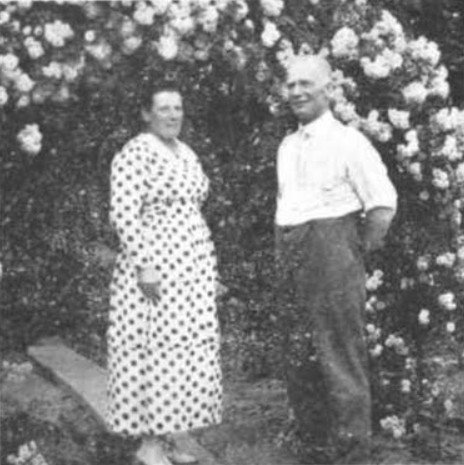
Jack Miner and the Birds | by Jack Miner (1865-1944)
“This, a sportsmen’s problem, may appear to you as being entirely out of place in a book like this; yet I want you to read, for I feel fully qualified to discuss this matter in a conscientious, fair and square, look-you-in-the-face manner, as I have the itching of my own trigger-finger fairly well harnessed, and have no desire to shoot any bird other than the cannibals”
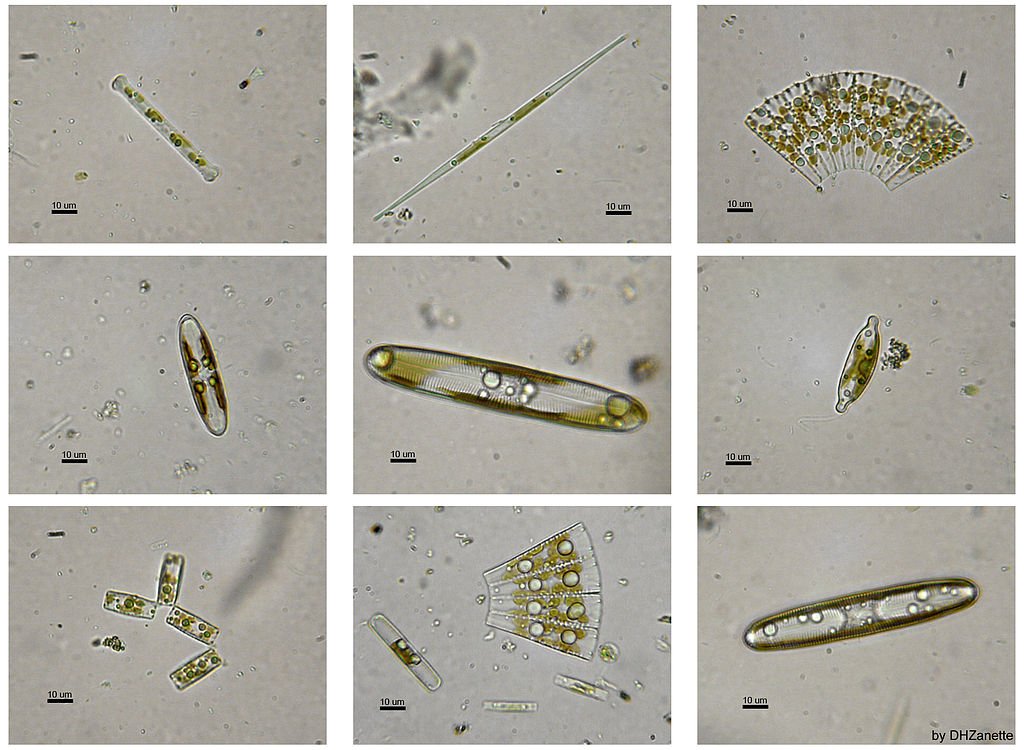
Ruth Patrick's Lovely Creatures | Distillations
“In 1946 she gave the talk that marked the turning point of her career. Speaking at a meeting of the American Association for the Advancement of Science, she showed how species of diatoms, a type of algae that make their own silica armor, could be used to judge water health.”

Bridge of Ropes |Ecuador 1802 | Alexander von Humboldt
“This is one of those bridges of ropes, which the Spaniards call puente de maroma, or de hamaca ; and the Peruvian Indians, in the quichua language, or that of the Incas, cimppachaca, from cimppa, or cimpasca, ropes, tresses, and chaca, a bridge.”

Alexander Wilson | 1766-1813 | American Ornithology
“This has been the most arduous, expensive, and fatiguing, expedition I ever undertook. I have, however, gained my point in procuring two hundred and fifty subscribers, in all, for my Ornithology; and a great mass of information respecting the birds that winter in the southern states, and some that never visit the middle states”